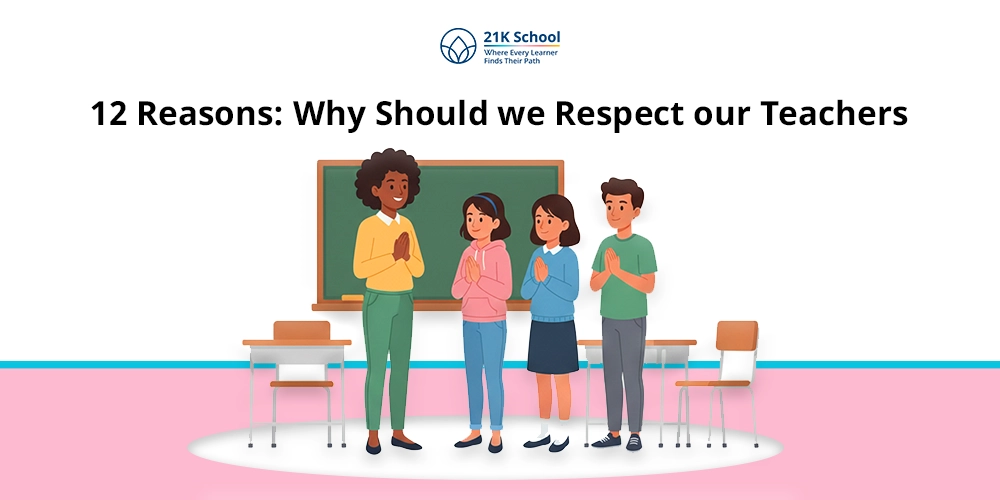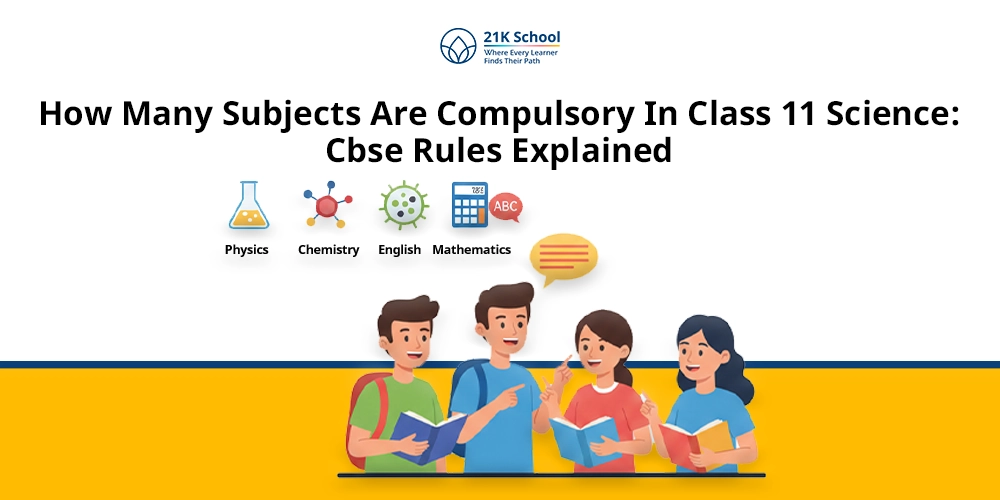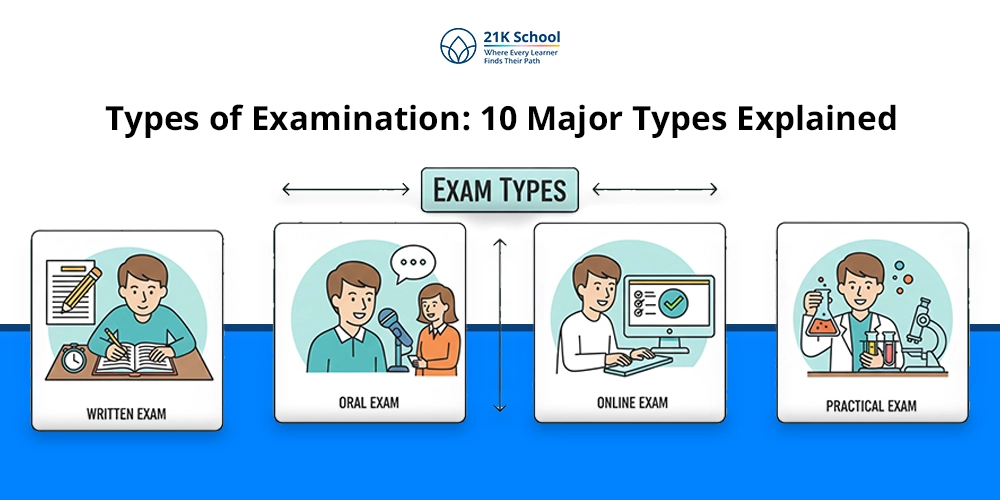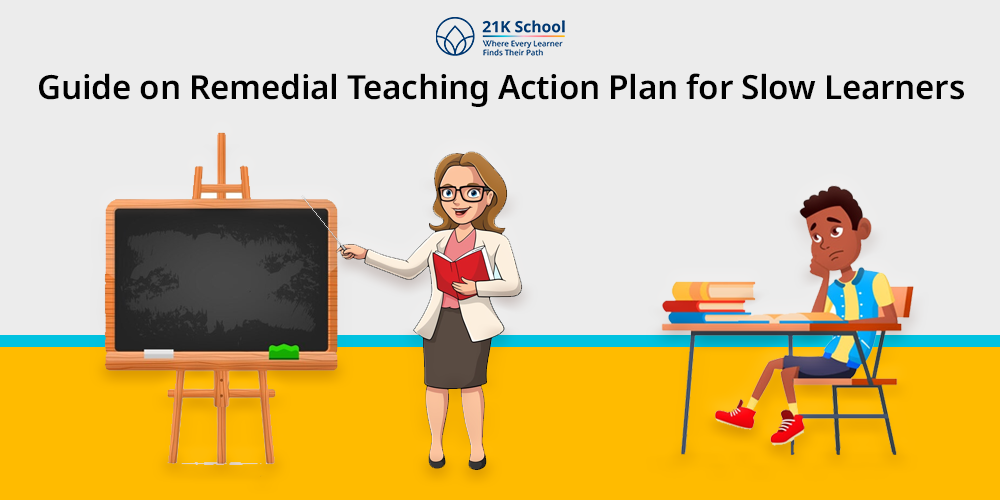
As we all know, classrooms have different kinds of children with different learning pace?
The bigger classroom is the more unique the kids are. Learners are not always at the same pace, some are fast and others are slow.
This can be due to lack of intelligence and they need different instructional techniques to learn and memorise information.
To make a positive learning environment , facilitators guide learners through different learning methods .
There are various targeted methodologies tailored to identify learning gaps , reinforce foundational concepts and help learners in building confidence in academics.
Let’s take a step ahead and explore who slow learners are, the core principles of remedial teaching, methods and strategies involved and how facilitators can support these learners to thrive.
Contents
- Who is a Slow Learner?
- What is The Remedial Teaching Action Plan for Slow Learners?
- Key Roles of Teachers in Remedial Teaching
- Importance of Remedial Teaching Action Plan for Slow Learners
- Methods for Remedial Teaching Action Plan for Slow Learners
- How to Get The Best from Remedial Teaching Action Plan for Slow Learners?
- Tips for Teachers on Remedial Teaching Action Plan for Slow Learners
- Conclusion
Who is a Slow Learner?
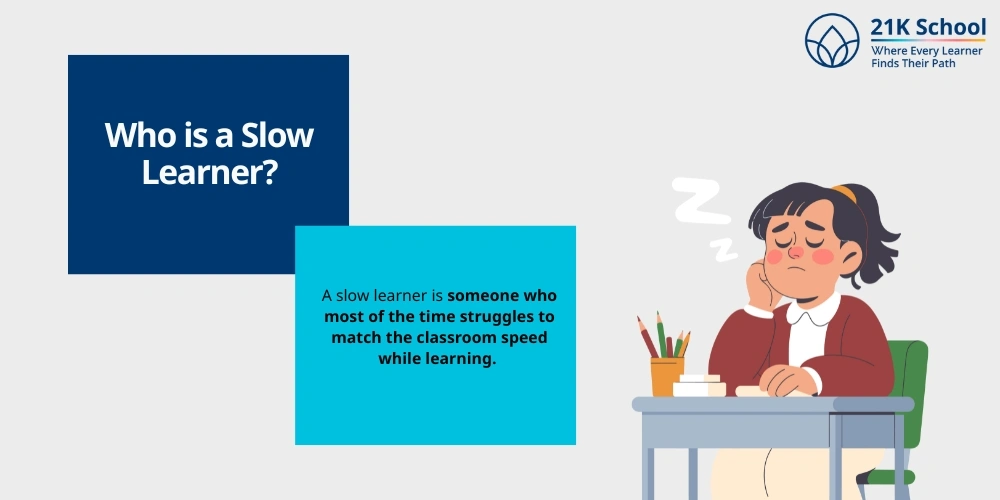
A slow learner is someone who most of the time struggles to match the classroom speed while learning.
For deep understanding of chapters and lessons slow learners need extra time and effort than others.
What is The Remedial Teaching Action Plan for Slow Learners?
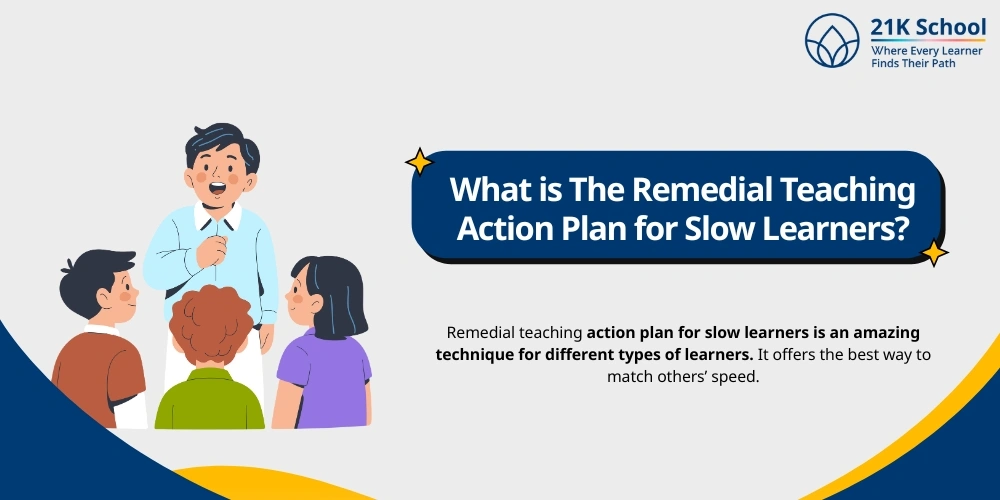
Remedial teaching action plan for slow learners is an amazing technique for different types of learners. It offers the best way to match others’ speed.
Navigation of learning gaps, creating plans for customized learning, using unique strategies and improving classroom learning are some important features.
Key Roles of Teachers in Remedial Teaching
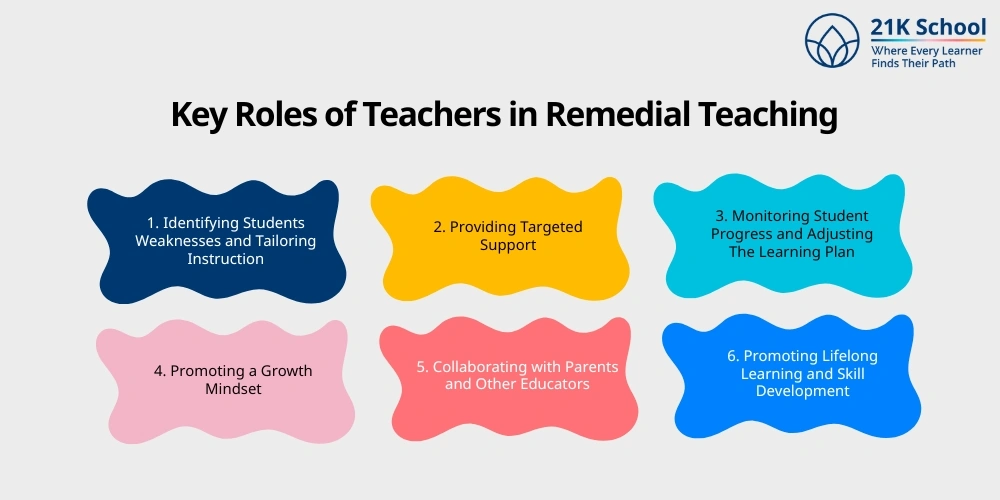
In the 21st century teachers are stepping stones for learners. They help in learning, identify the right way to achieve success.
Here’s a key role one must know:
1. Identifying Students Weaknesses and Tailoring Instruction
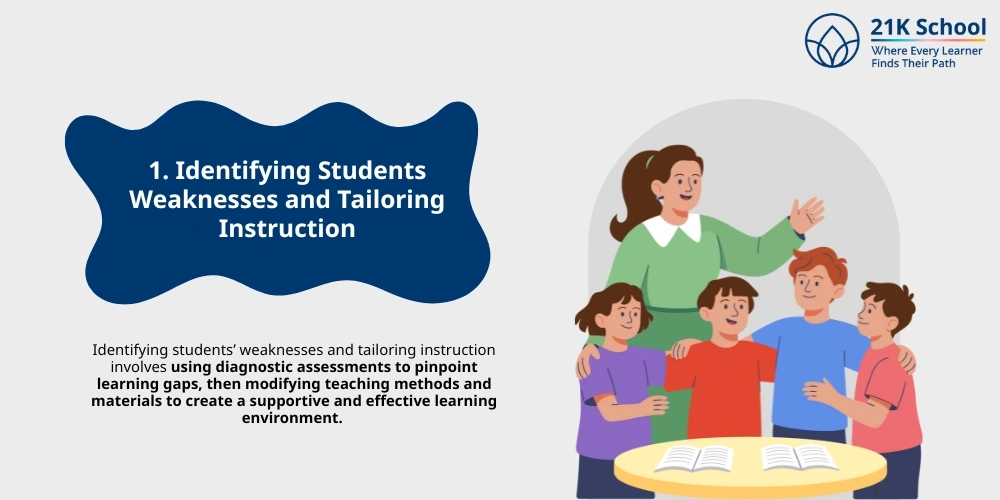
Identifying students’ weaknesses and tailoring instruction involves using diagnostic assessments to pinpoint learning gaps, then modifying teaching methods and materials to create a supportive and effective learning environment.
Understanding the weaknesses help teachers to identify the right curriculum learners need to achieve good grades in exam .
Understand the process to identify slow leaners .
2. Providing Targeted Support

Teachers in remedial teaching provide support to slow learners who are struggling academically.
Rather than fitting everyone in one approach learners get customized support with a unique learning style.
By fulfilling kids’ needs, teachers can play their role in the classroom setting.
3. Monitoring Student Progress and Adjusting The Learning Plan
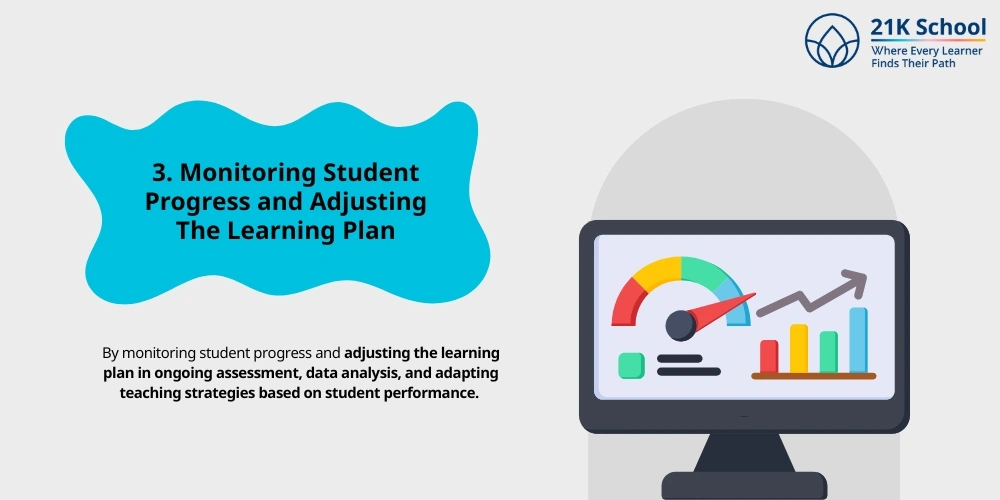
By monitoring student progress and adjusting the learning plan in ongoing assessment , data analysis, and adapting teaching strategies based on student performance.
4. Promoting a Growth Mindset

Remedial teaching cultivates a slow learners growth mindset by encouraging effort, celebrating progress and reframing challenges as opportunities for learning.
Teachers inspire learners by empowering their potential for growth and achievement.
5. Collaborating with Parents and Other Educators
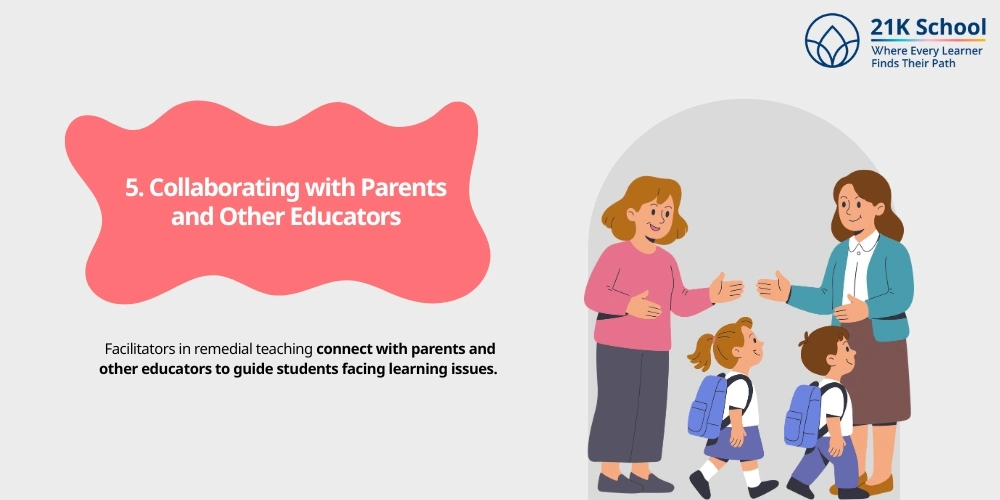
Facilitators in remedial teaching connect with parents and other educators to guide students facing learning issues.
With regular communication parents help to reinforce learning at home, maintain consistent expectations and monitor behavior and emotional well-being.
6. Promoting Lifelong Learning and Skill Development

In remedial teaching teachers foster lifelong learning and skill development through remedial teaching.
With these remedies learners can fill the educational gap and work on their daily targets. It helps them to stay focused and connected.
Importance of Remedial Teaching Action Plan for Slow Learners
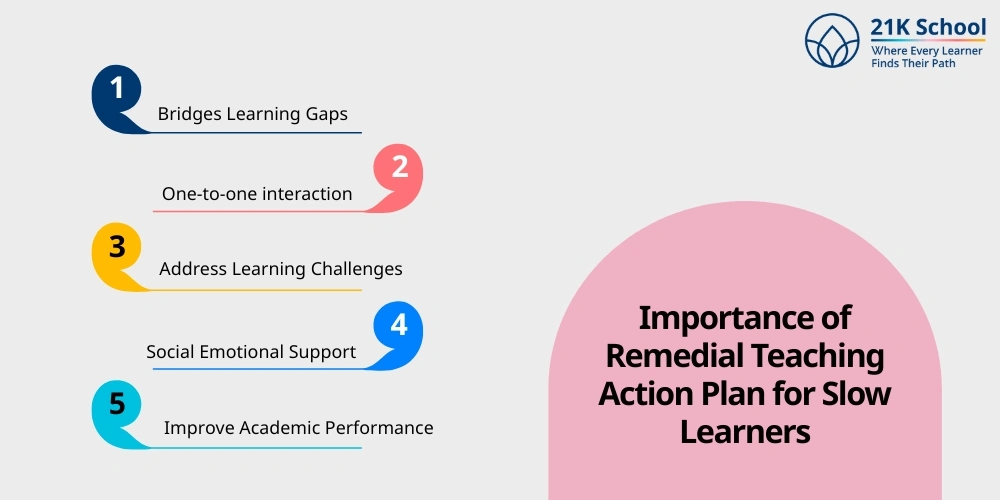
There are many advantages of remedial teaching action plans that ensure position impact on learners.
Let’s explore each point in depth for better understanding:
1. Bridges Learning Gaps

Remedial teaching action plan for slow learners bridges learning gaps and guides towards success.
It ensures that each individual gets proper continuous education which guides them to increase their score gradually.
2. One-to-one interaction
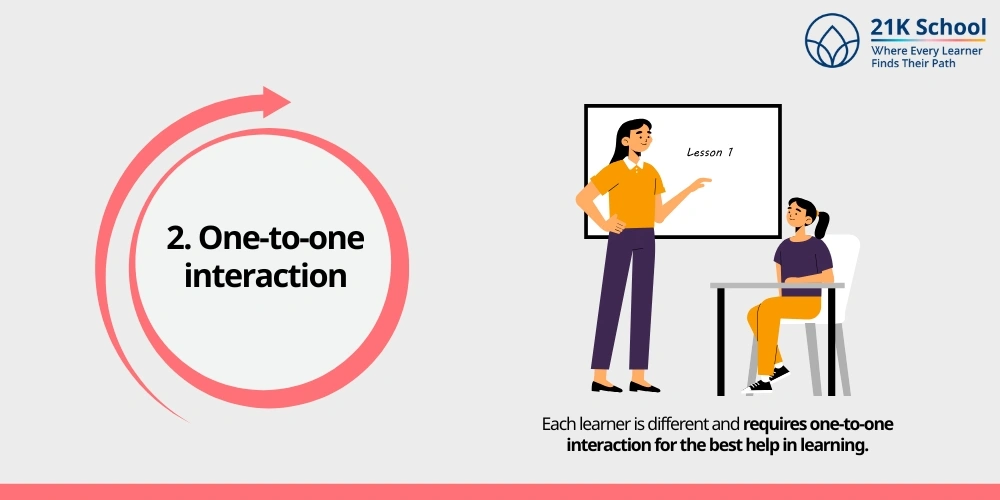
Each learner is different and requires one-to-one interaction for the best help in learning.
So, adopting unique teaching methodology and pace offers personalized learning which fulfill specific needs and capacities of slow learners.
3. Address Learning Challenges

Remedial action plans for slow learners address their learning challenges to support them by providing solutions.
Various problems related to reading, writing, memorising and numerical.
4. Social Emotional Support
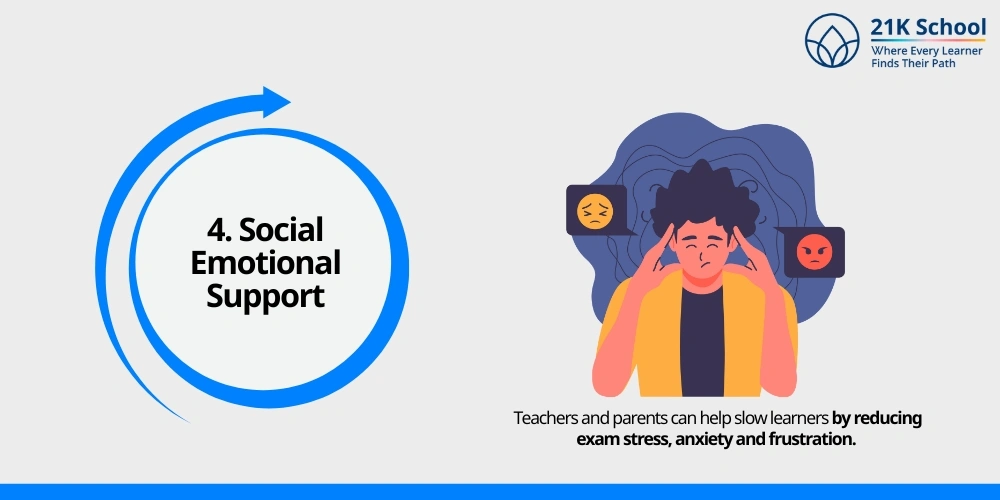
Teachers and parents can help slow learners by reducing exam stress , anxiety and frustration.
This leads to a healthier environment towards school and classroom.
5. Improve Academic Performance

For slow learners improving academic performance is the main objective. Remedial plans give the opportunity to perform better in exams, projects and classwork.
Methods for Remedial Teaching Action Plan for Slow Learners
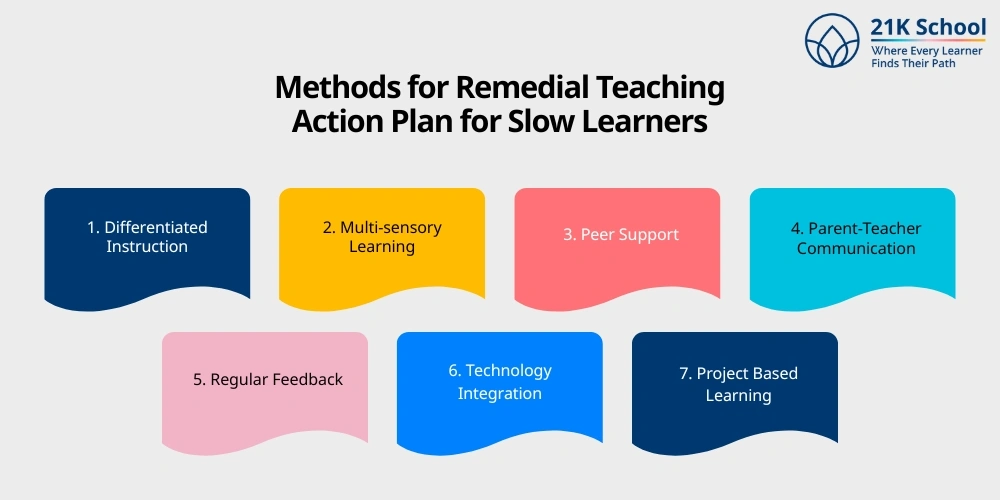
Ensuring an effective ways for the remedial teaching action plan for slow learners is essential.
Various methods such as differentiated learning or instruction, multi-sensory learning, peer tutoring etc you will learn here:
1. Differentiated Instruction
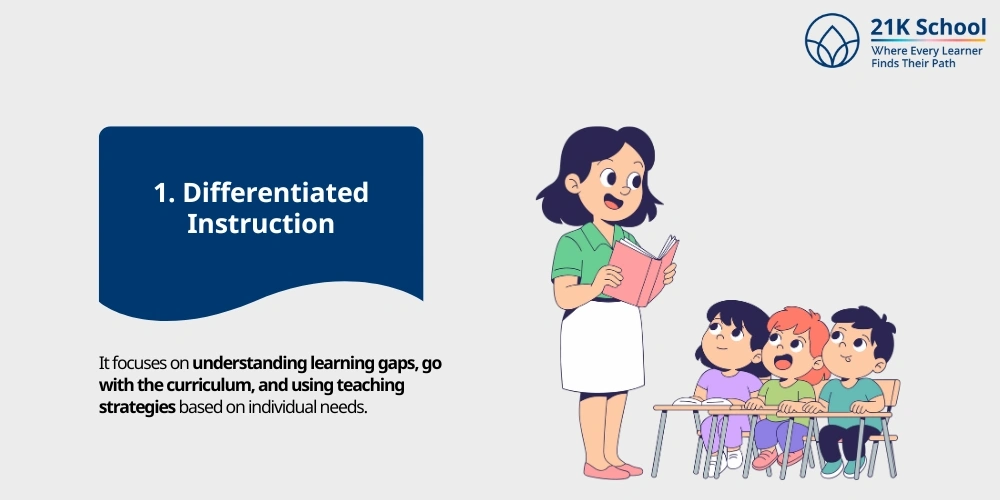
Differentiated learning or instruction is a remedial teaching action plan for slow learners.
It focuses on understanding learning gaps, go with the curriculum, and using teaching strategies based on individual needs.
Facilitators help learners to cut down work by making big and difficult tasks into smaller ones.
2. Multi-sensory Learning

Multi-sensory learning is important to ensure better student engagement and understanding.
Various senses such as visual, auditory, kinesthetic, and tactile simultaneously ensures effective learning.
Now learners don’t need to struggle for education.
3. Peer Support

Peer support especially to slow learners is a great way of connection. Engagement not only works as enhancement but also collaborative learning activities.
This will enhance social bonding and provides role models.
4. Parent-Teacher Communication
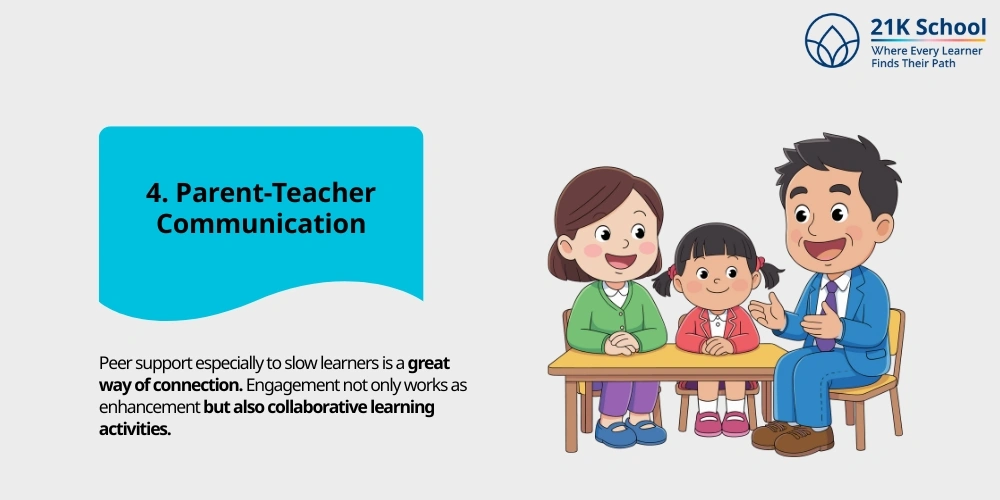
For slow learners, parent-teacher communication is a powerful remedy. It builds trust and individuals can share problems and solutions.
Through open and clear communication, facilitators effectively guide learners towards improvements.
5. Regular Feedback

Regular feedback is something that takes learners towards the right pathway. This remedial teaching action plan lets the facilitator correct learners’ mistakes.
With constructive criticism and positive reinforcement of feedback the learning journey become memorable.
6. Technology Integration

Technology integration in remedial teaching plans for slow learners in the classroom.
It is mainly focused on including adaptive educational apps, interactive simulations and multimedia resources
This caters to individual learning styles and paces.
7. Project Based Learning

One of the highly effective methods for remedial teaching action plan for slow learners is project based learning .
It helps slow learners on understanding the formulas through real life scenarios.
How to Get The Best from Remedial Teaching Action Plan for Slow Learners?
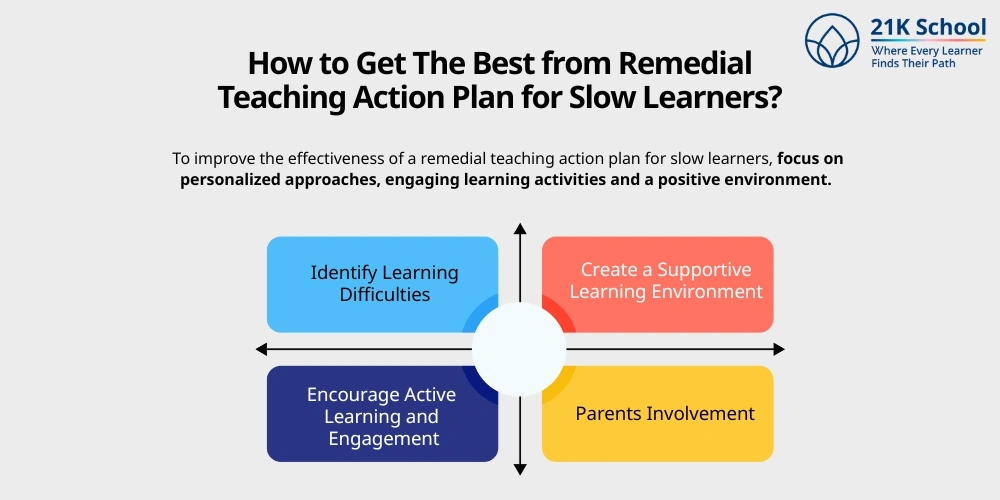
To improve the effectiveness of a remedial teaching action plan for slow learners, focus on personalized approaches, engage learning activities and a positive environment.
Here’s a more detailed look on how to get the best from remedial teaching action plan for slow learners:
- Identify Learning Difficulties: It is important for teachers to first identify specific learning difficulties through diagnostic assessments and then tailor an action plan that addresses those challenges.
- Create a Supportive Learning Environment: By creating a supportive learning environment one can support slow learners. Teachers and peers colab with each other for making real life project or doing homework.
- Encourage Active Learning and Engagement: Facilitators can encourage active learning and engagement in students by using different activities, interactive games and discussion on concepts.
- Parents Involvement: Involvement of parents can help both learners and facilitators to make the learning space comfortable and connect parents-teacher.
Explore different activities for slow learners .
Tips for Teachers on Remedial Teaching Action Plan for Slow Learners
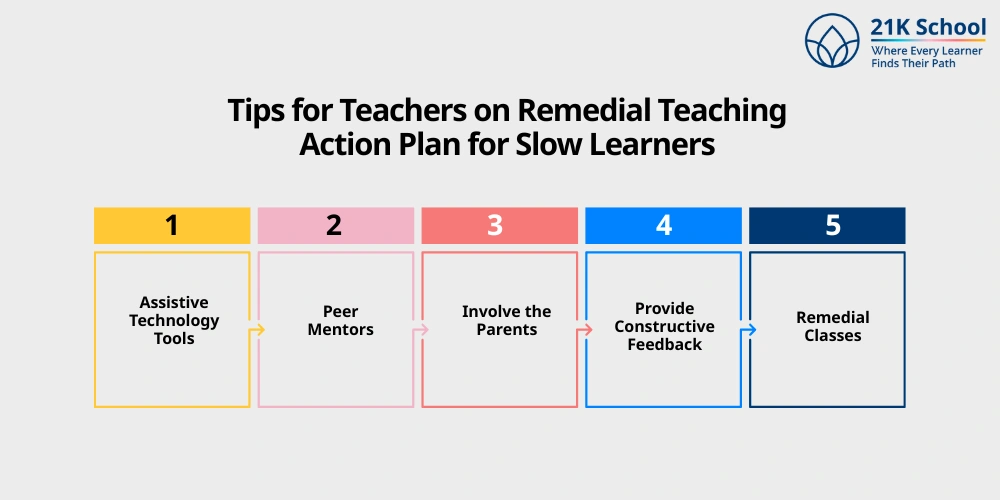
Effective tips for teachers on remedial teaching action plan for slow learners is important to implement it properly.
Here are some effective tips for teachers to follow:
1. Assistive Technology Tools

Use of assistive technology tools are ideal for teachers creating remedial action plans for slow learners.
Facilitators can create a more inclusive and effective learning environment especially for those slow learners.
By using various tools such as text-to-speech software, graphic organizers and speech-to-text software.
These tools help explore specific learning challenges and promote independent learning.
2. Peer Mentors
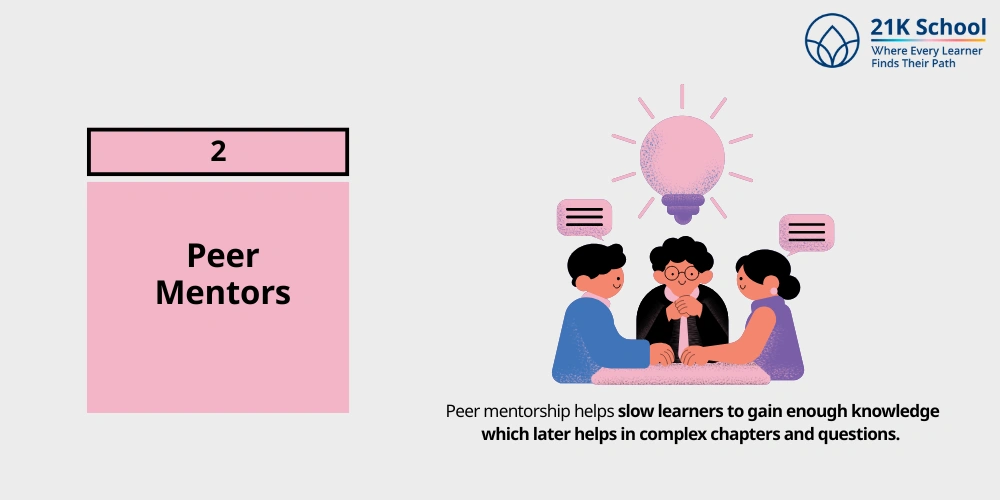
Peer mentorship helps slow learners to gain enough knowledge which later helps in complex chapters and questions.
Classmates also guide the more effective techniques to ensure growth. One can also go through various teaching strategies for inclusive education .
3. Involve the Parents

Parents actively participating in students’ learning is crucial to demonstrate everyday learning.
Parents can also guide in complex subjects especially during homework .
4. Provide Constructive Feedback

A constructive feedback from parents, teachers and peers is important.
Learners need to focus on clarity, specificity and positivity by providing constructive feedback.
5. Remedial Classes

Remedial classes means attending extra classes or sessions. The sessions are ideal for every age group to compete in real world competition.
Conclusion
In the end, slow learners need some extra guidance to meet the daily tasks and educational development.
With the help of the remedial teaching action plan this can be possible. Teachers can understand their requirements and provide support in the classroom setting for the best learning experience.
When it comes to the application of these teaching strategies for slow learners take the help of easy tips for the best results!

